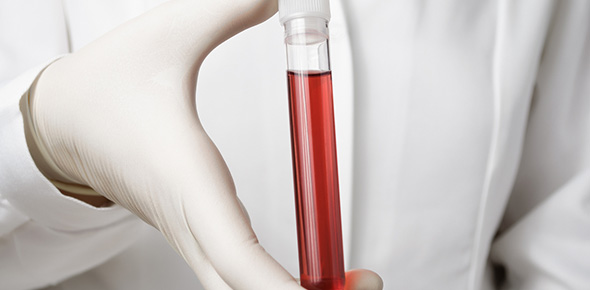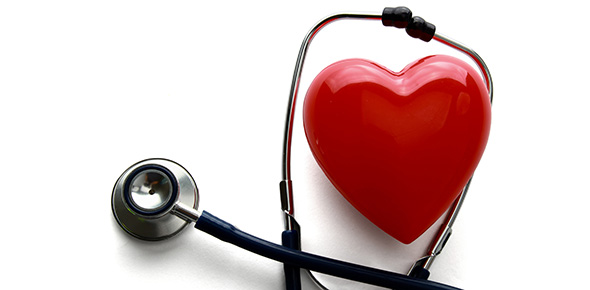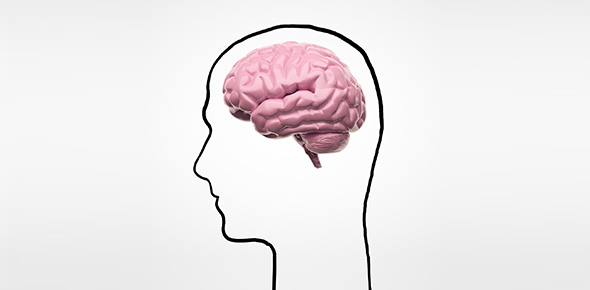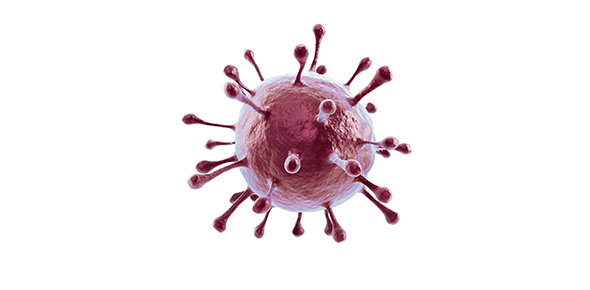Related Flashcards
Related Topics
Cards In This Set
| Front | Back |
|
Function of Plasma
|
Liquid component of blood. Transports blood cells and other components to and from cells in the body. It is made up of salts, proteins, lipids and glucose.
|
|
Function of Plasma proteins
|
Create oncotice pressure, immune system components (immunoglobulins), blood coagulation, regulation of gene expression, neutralizes trypsin that elaks from digestive system.
|
|
Function of Erythrocytes
|
Transports oxygen to cells throughout the body
|
|
Function of Leukocytes
|
Part of the immune system, protect against infectious disease, and foreign materials.
|
|
Function of the Granulocyte Neutrophil
|
First responders. Phagocytes during inflammation. Immature. Most abundant WBC.
|
|
Function of the Granulocyte Eosinophil
|
Phagocytosis of antigen-antibody complex during allergic reaction
|
|
Function of the Granulocyte Basophil
|
Mast cells. Contain heparin and histamine - release these substances when stimulated by antigen or tissue injury.
|
|
Function of the Agranulocyte Monocyte
|
Large, slow moving phagocytes that ingest bacteria and dead tissue.
|
|
Function of the Agranulocyte Macrophage
|
Monocytes become macrophages. They deactivate old RBC's and clear blood in injured tissues.
|
|
Function of T-cell Lymphocytes
|
"Immunocyte" cell mediated immunity. They do not require an antibody.
|
|
Function of B-cell Lymphocytes
|
"Immunocyte" antibody mediated response stimulated by antigens to produce antibodies.
|
|
Function of platelets (thrombocytes)
|
Important in clotting. Important for capillary integrity because they plug capillary breaks.
|
|
Function of Spleen
|
Purifies blood of bacteria and antigens. fetal production of RBCs (not in adults). Breaks down old, defective RBC's. Stores 1-2% of RBC's to release when needed.
|
|
Function of Lymph nodes
|
Filter bacteria and foreign material.
|
|
Describe Hematopoiesis
|
The formation and development of blood cellular elements.
|








